Uncovering the Best and Worst Trades in MLB History
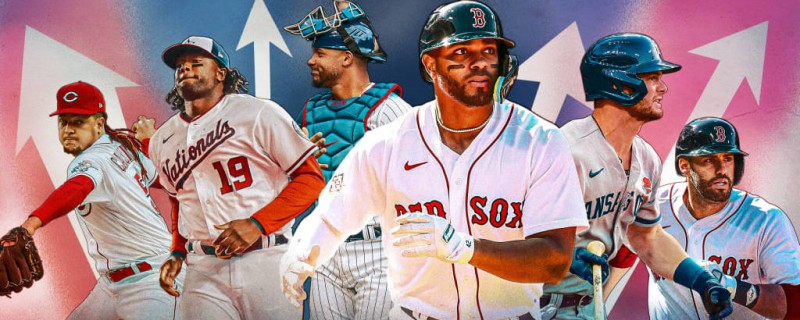
It's no secret that trades in the world of Major League Baseball (MLB) can make or break a team's success - sometimes for years to come. But what makes a trade great? A great trade is one that benefits both sides and results in a win-win situation. On the other hand, bad trades can shift the balance of the game in one team's favor. This article hopes to uncover the best and worst trades in MLB history.
Part I: Best Trades in MLB History
When it comes to finding the best trades in MLB history, there are plenty to choose from. We've gathered the three most influential trades in the MLB and explain why they be deemed the best.
Trade #1
In 1972, the Oakland Athletics and the Chicago Cubs made a trade that would become one of the greatest in baseball history. The A's sent three-time All-Star outfielder Joe Rudi, catcher Dave Duncan, and pitcher Vida Blue to the Cubs in exchange for Bob Locker, Ken Holtzman, and Bill North. The result? The A's won the 1973 World Series, thanks to the contributions of Rudi, Duncan, and Blue.
Trade #2
In 1991, the Atlanta Braves and the Boston Red Sox made a deal that would become known as one of the most lopsided trades in baseball history. The Braves, in need of a pitcher, traded Relief pitcher Jeff Reardon to the Red Sox in exchange for reliever Brad Woodall. The result? Reardon went on to become one of the best relief pitchers in the history of the game, winning the World Series in 1995 with the Braves.
Trade #3
In 1997, the New York Mets pulled off one of the biggest trades in baseball history, sending three-time All-Star catcher Todd Hundley to the Los Angeles Dodgers in exchange for Bobby Bonilla. The result? The Mets got a slugger in Bonilla, who hit .313 for the Mets and was an All-Star in 1997 and 1998.
Summary
When these three trades are taken into account, it's easy to see why they may be considered the best in MLB history. Not only did they draw out talented players from the opposing teams, but they also brought a competitive edge which helped to make these two franchises successful.
Part II: Worst Trades in MLB History
Just as there are great trades, there are also some pretty bad ones. For this article, we'll explore the three worst trades that have been made in the MLB.
Trade #1
In 1979, the Texas Rangers traded away future Hall-of-Famer catcher Mike Stanley to the Oakland Athletics in exchange for a minor league player named Dave Revering. Not only did the Rangers lose Stanley, but Revering also failed to make an impact in the majors.
Trade #2
In 1997, the Montreal Expos traded away future All-Star pitcher Gavin Floyd to the San Francisco Giants in exchange for third baseman Jeff Kent. Kent went on to have a successful career with the Expos, but it was overshadowed by the success that Floyd had in the majors.
Trade #3
In 2004, the Toronto Blue Jays traded away All-Star pitcher Roy Halladay to the Philadelphia Phillies in exchange for a minor league pitcher named Cliff Lee and two minor league players. The result? The Phillies went on to have a successful World Series run in 2008 with Halladay leading the way.
Summary
These three trades are undoubtedly among the worst in the MLB, as each team gave up a talented player for a less-than-fulfilling return. This is a lesson that all MLB teams should take to heart - never underestimate the value of a great player!
Conclusion
As we've seen, the best and worst trades in the MLB can have a huge impact on the success of a franchise. The best trades can be a major boost for a team, while the worst trades can prove to be costly. From these trades, it's clear that teams should always think long and hard before making a trade, as the consequences can be far-reaching. Though these trades may have happened in the past, their lessons are still highly relevant today.

































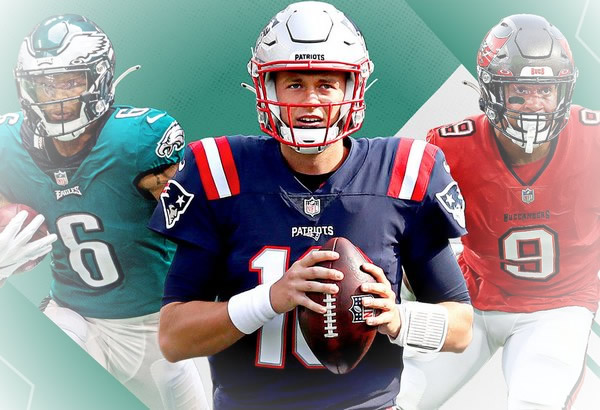






























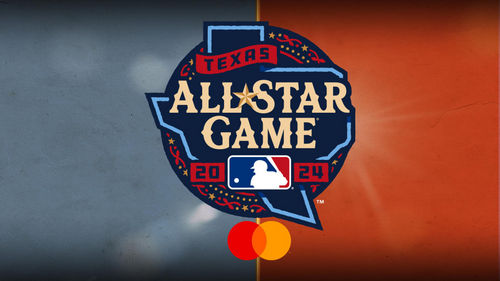






























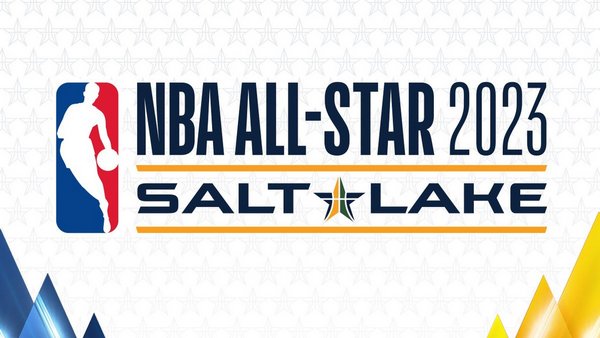

















.svg-50x50h.jpg)















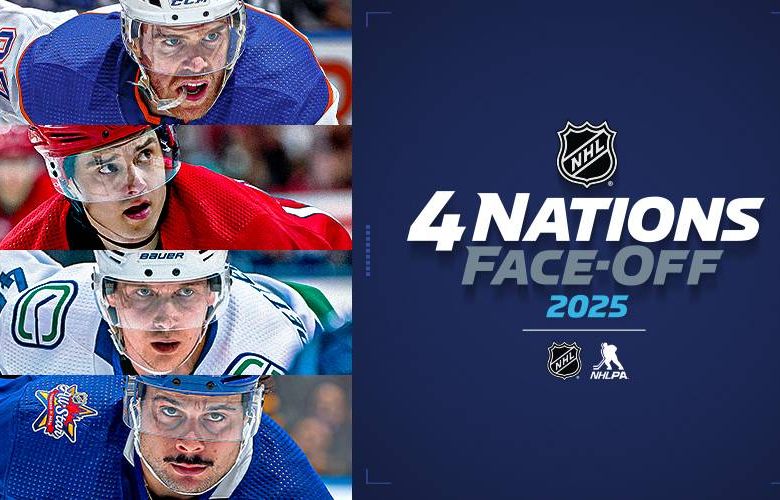
Leave a Comment